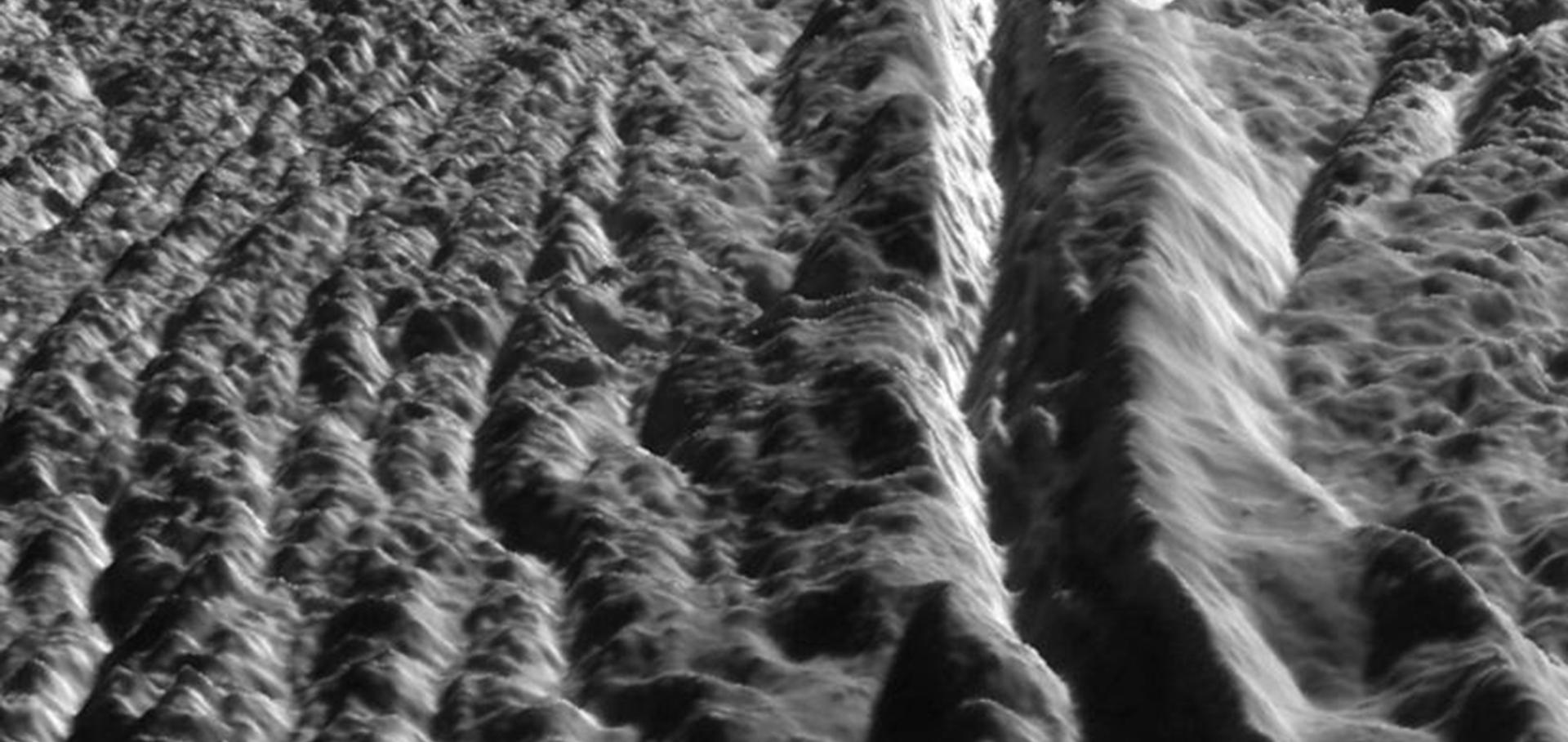Composition of Pluto’s small satellites: Analysis of New Horizons spectral images
Icarus Elsevier 315 (2018) 30-45
Methane distribution on Pluto as mapped by the New Horizons Ralph/MVIC instrument
Icarus Elsevier 314 (2018) 195-209
Pluto's haze as a surface material
Icarus Elsevier 314 (2018) 232-245
Great Expectations: Plans and Predictions for New Horizons Encounter With Kuiper Belt Object 2014 MU69 (“Ultima Thule”)
Geophysical Research Letters American Geophysical Union (AGU) 45:16 (2018) 8111-8120
Great Expectations: Plans and Predictions for New Horizons Encounter with Kuiper Belt Object 2014 MU69 ('Ultima Thule')
(2018)

